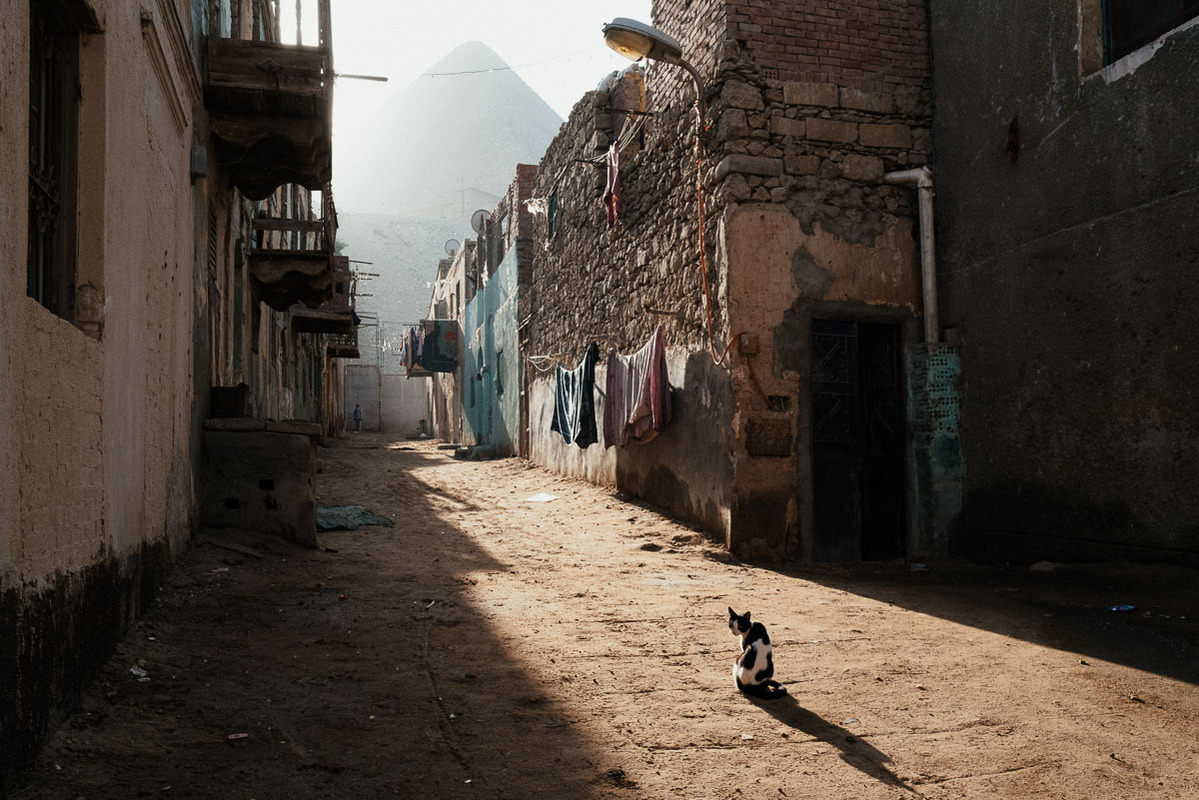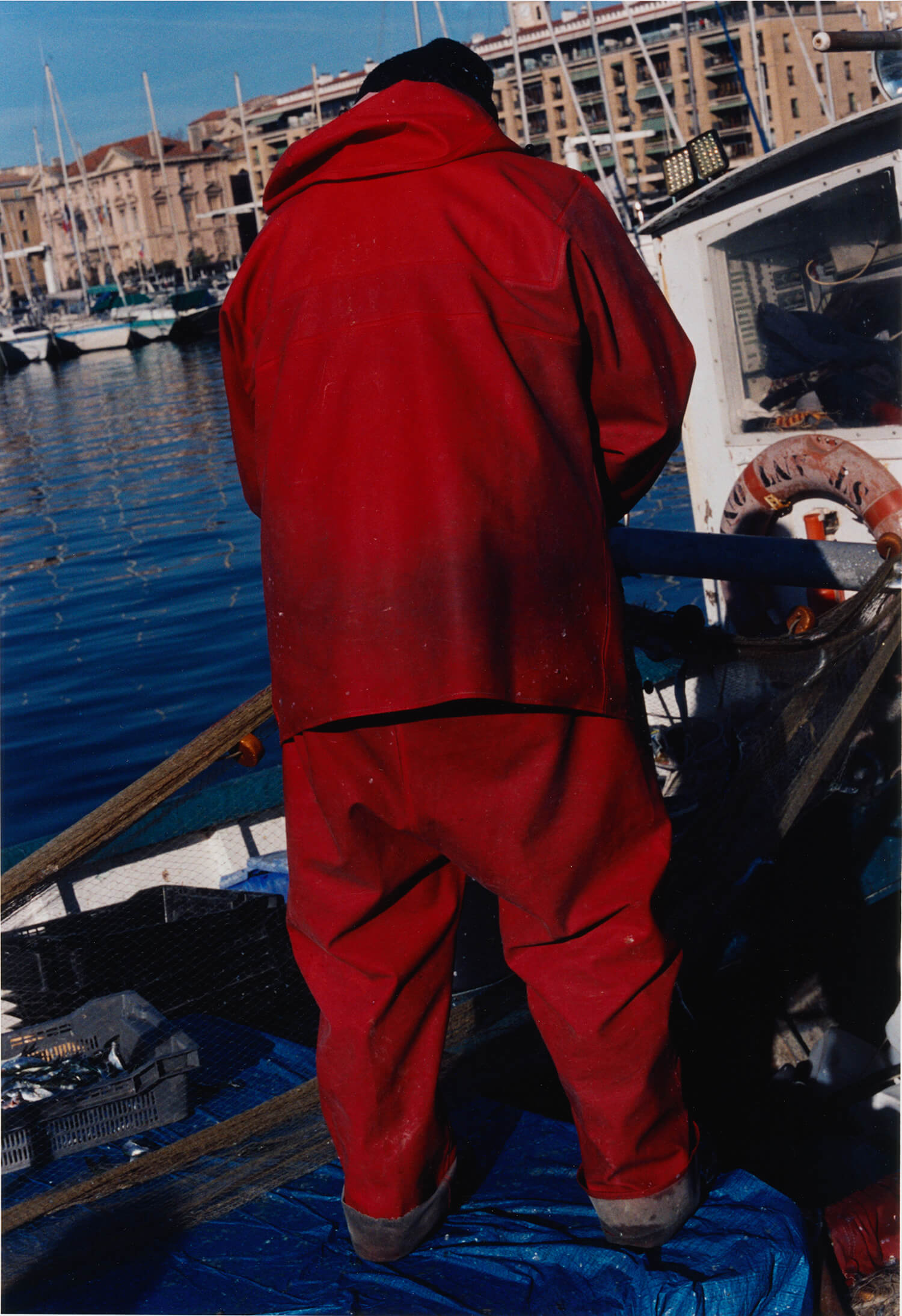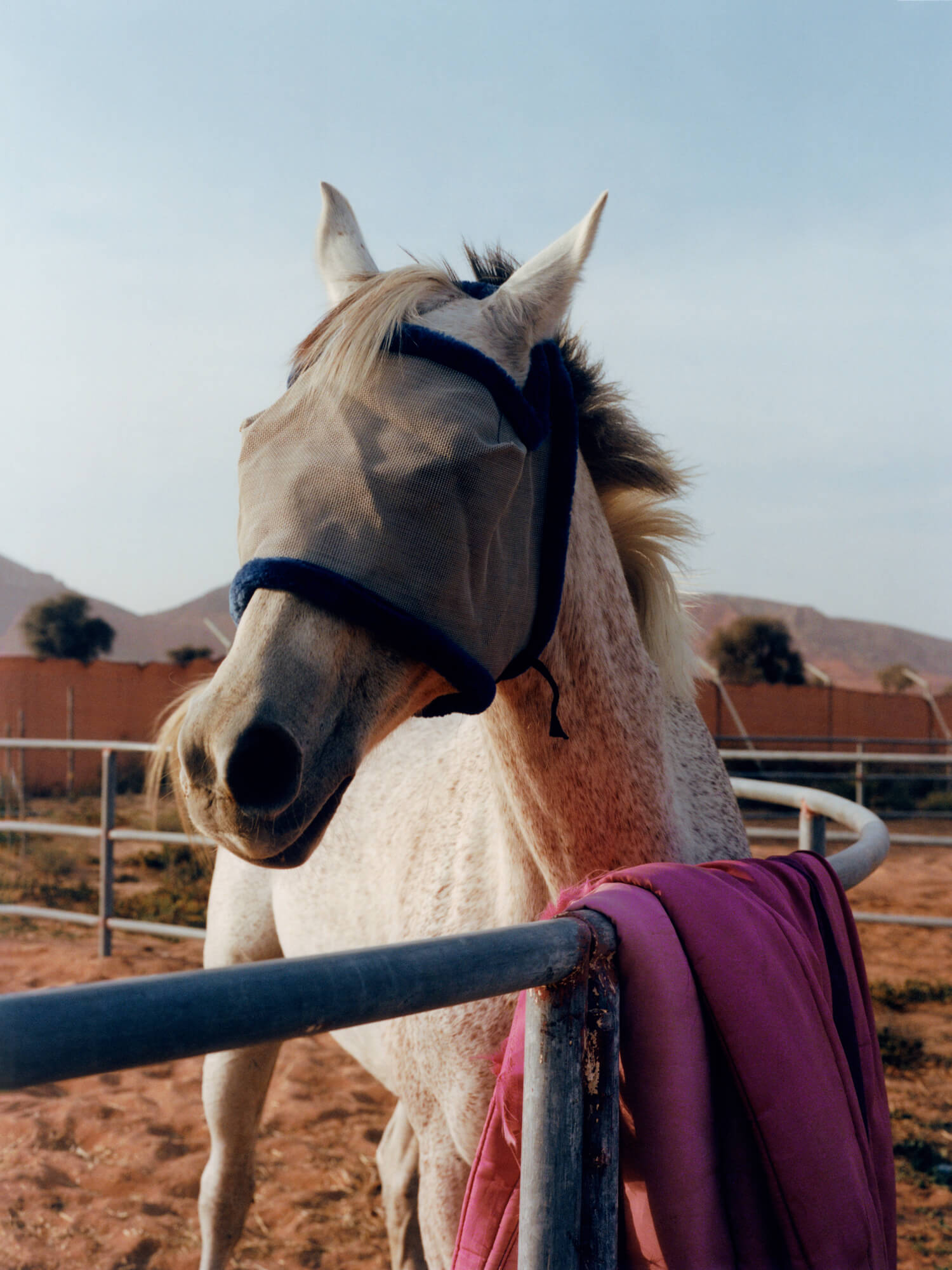A BEAUTIFUL THING IS NEVER PERFECT

Jonathan Jasberg
Jonathan Jasberg is an American award-winning photographer focused on street and documentary photography. We met him to discuss his nomadic lifestyle and his recent book Cairo: A Beautiful Thing Is Never Perfect, a publication that capture the enigmatic and raw streets of the Egyptian capital.
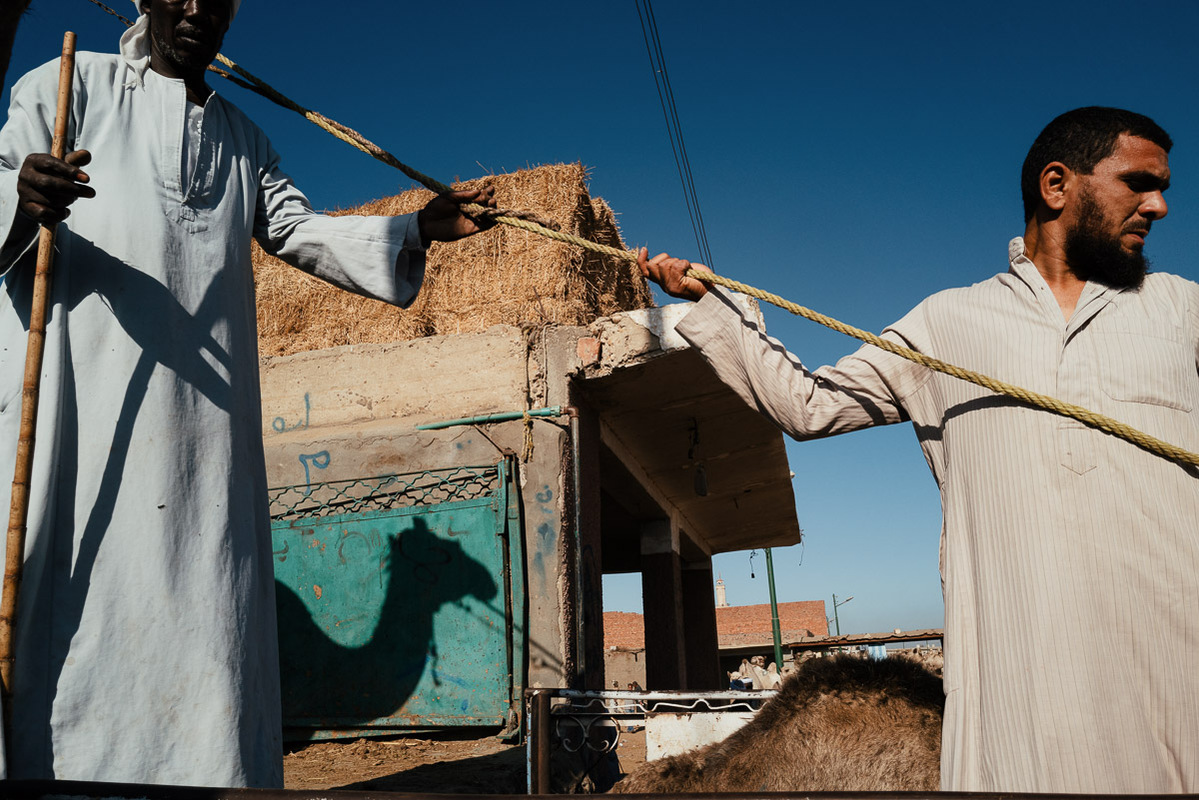
Hello Jonathan, thank you for talking to us. Can you tell us about your background and how you got into photography?
Before I became interested in photography, I was fascinated by and studied filmmaking. However, when it came time to choose a major in college, I decided to go in the opposite direction and study computer science. At that time, I happened to live very close to The Center for Creative Photography at the University of Arizona. The center, not only co-founded by Ansel Adams and housing much of his archive, but also hosting world-class rotating exhibitions that are always free of charge. While I was in school, I would try to visit as often as I could and learned about many photographers and styles of photography through their exhibitions. This was the start of my love for photography. It wasn’t until years later, once I had graduated and saved up a bit of money, that I finally purchased a camera and began taking pictures.
Bruce Chatwin, (who was a photographer as well as being an immensely talented writer) once said that “The real home of man is not his house but the road. Life itself is a travel that has to be done by foot.” Since 2010 you have been living a nomadic lifestyle. Would you say that you share Chatwin’s philosophy? What led you to undertake this kind of life?
I love life on the road and prefer walking everywhere rather than taking transportation. So, I feel that this philosophy is true for myself. However, it is certainly not for everyone. For the first 30 years of my life, I did not think it was for me. It wasn’t until I took my first international trip at the age of 32 that I decided to drastically change the trajectory of my life. The trip itself was a quick 10-day journey through the main cities of Japan, a country that had fascinated me ever since I was young. When I returned home and recovered from the jet lag, I was determined to figure out how to get back there as often as I could and for as long as possible. This led to a myriad of life decisions, big and small, that became my transition from being based in the USA to leading a life on the road full-time.
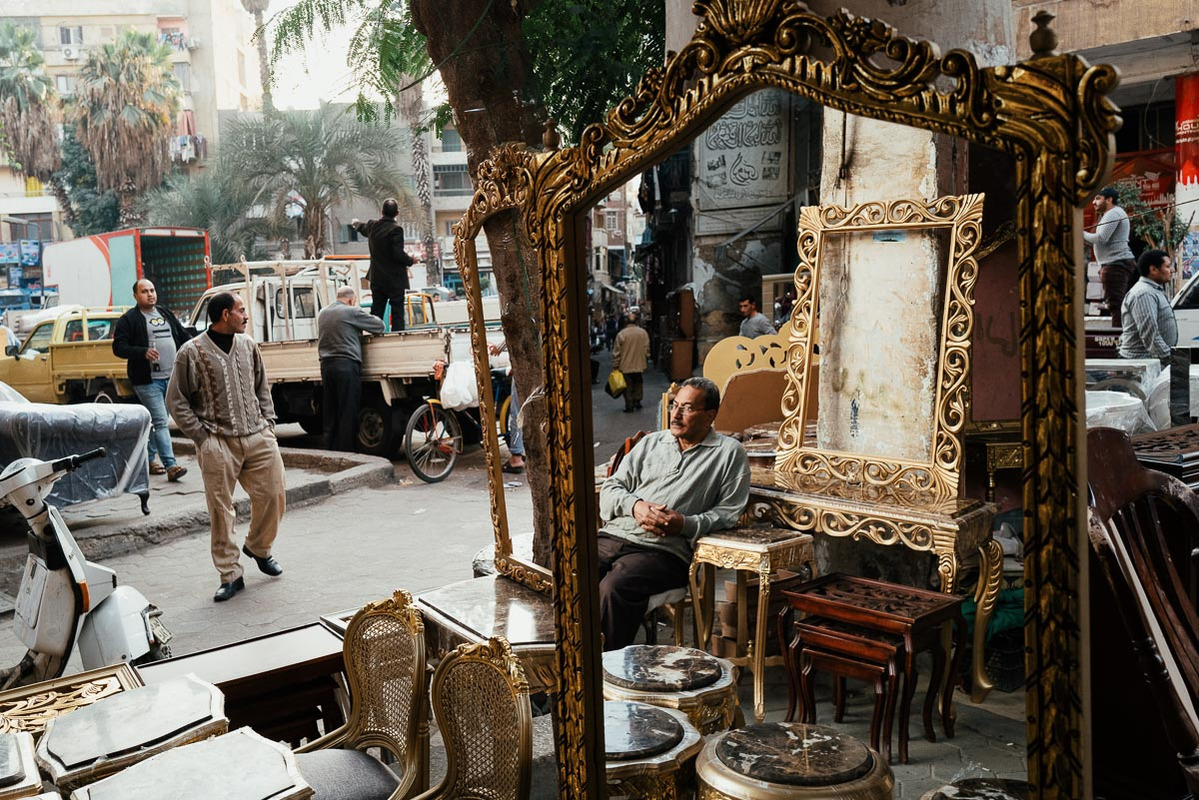
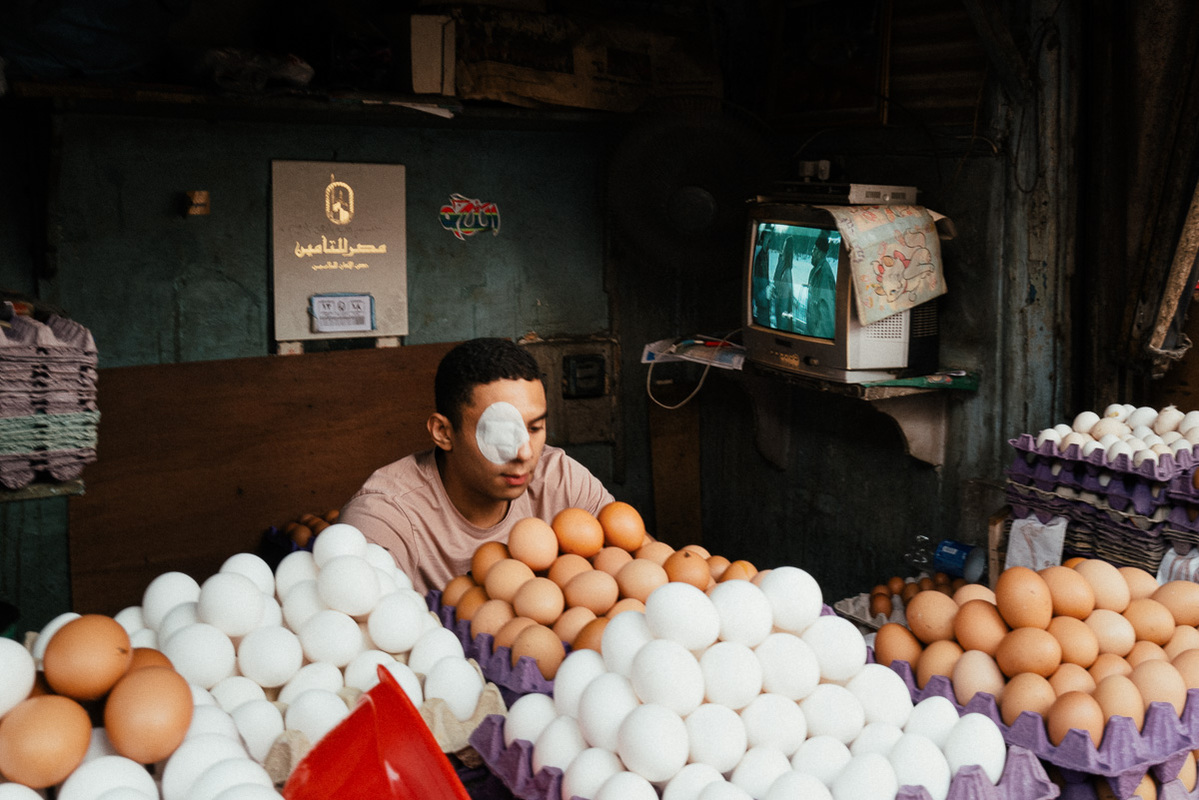
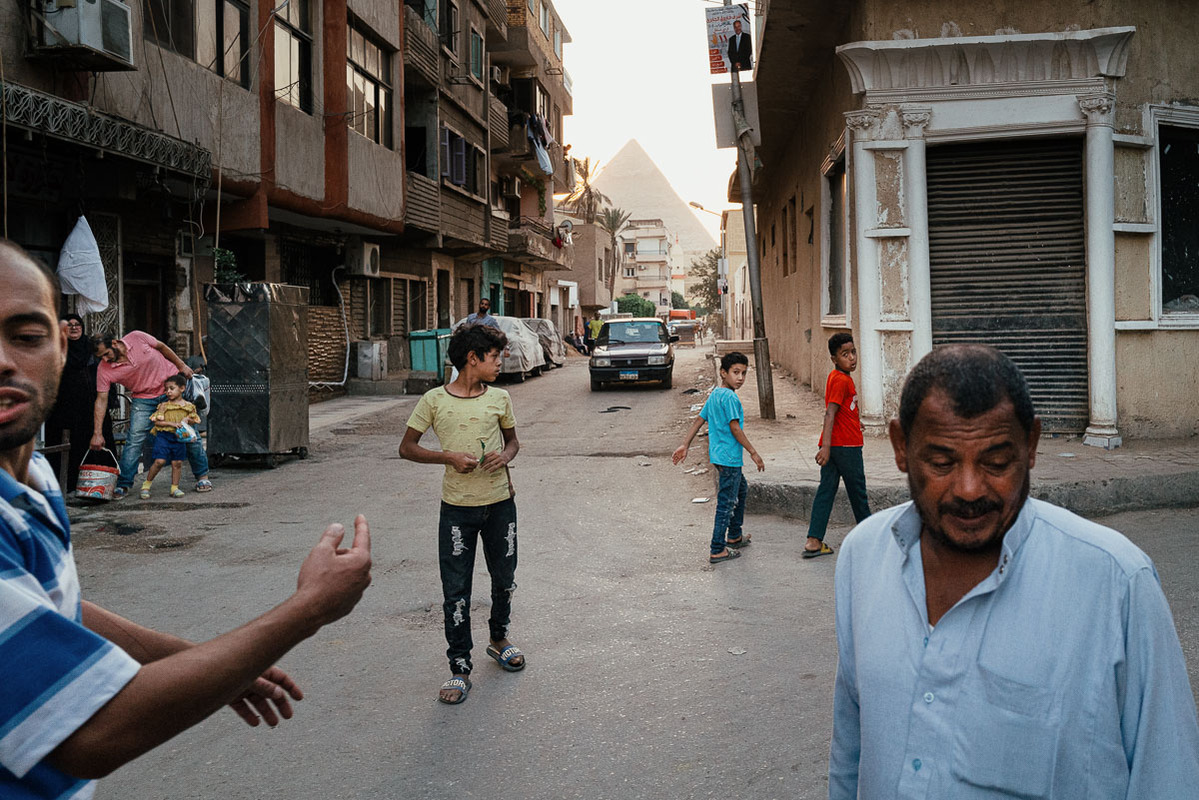
What are the best and worst aspects of carrying on this lifestyle?
The best aspects involve learning about foods, cultures, geography, etc., through direct experiences rather than reading or watching a show. Truly immersing myself in the world and expanding my horizons and perspectives is something I constantly crave. I thoroughly enjoy falling in love with multiple cities around the world that become like second homes. Kyoto, Japan, would be a good example of this, as I tend to visit there nearly every year for at least a couple of months.
I only have a few belongings and travel with carry-on only luggage. I don’t mind not owning much, but I do wish I could have some photography books. I don’t travel with any, and I have no idea when I’ll even see my own book (which I also won’t travel with). Plane travel can also be quite exhausting, and jet lag is one of the biggest downsides. In addition to that, arriving in a new city and having to relearn all the basics (good places to eat, get coffee, work from, etc.) gets a bit tiring at times. However, the pros far outweigh these cons.
You recently published your fist book, Cairo: A Beautiful Thing Is Never Perfect, a 160 pages limited edition about your long term project on Cairo, Egypt. Where does the title of the book come from?
The title comes from an ancient Egyptian proverb, ‘A Beautiful Thing Is Never Perfect.’ Cairo, a city that was once voted the most beautiful in the world in 1925, has gone through a very turbulent century since then. It is now often a city that outsiders quickly stop in and don’t explore much. I felt it was a fitting title to accompany the candid images of daily life that I captured over the years while documenting various historical, religious, and cultural areas of this bustling city.



Why do you think it’s still meaningful to create a photography book, while images are always available to us in digital form? What’s the added value?
I believe that the book form and physical prints are the only true ways to experience a photograph. It’s disheartening to think that most photographs nowadays are only viewed quickly on a phone, and this trend is also influencing how people approach photography and compose photos. While viewing photography in digital form on a computer screen is okay, it doesn’t compare to the experience of viewing a proper print. A book takes the experience one step further by creating a more immersive journey through the sequencing and layout of the images.
You shoot exclusively with Leica cameras. How do you decide for your equipment? Is it always the same or it changes for each project?
I currently use a Leica Q3, having previously used a Q2. I used to carry an M6 as well, but dealing with film while on the road became too burdensome. I find the Q series of cameras to be an excellent choice due to their incredible build quality, weather sealing, and the wide-angle of the 28mm lens. The image quality is also outstanding.
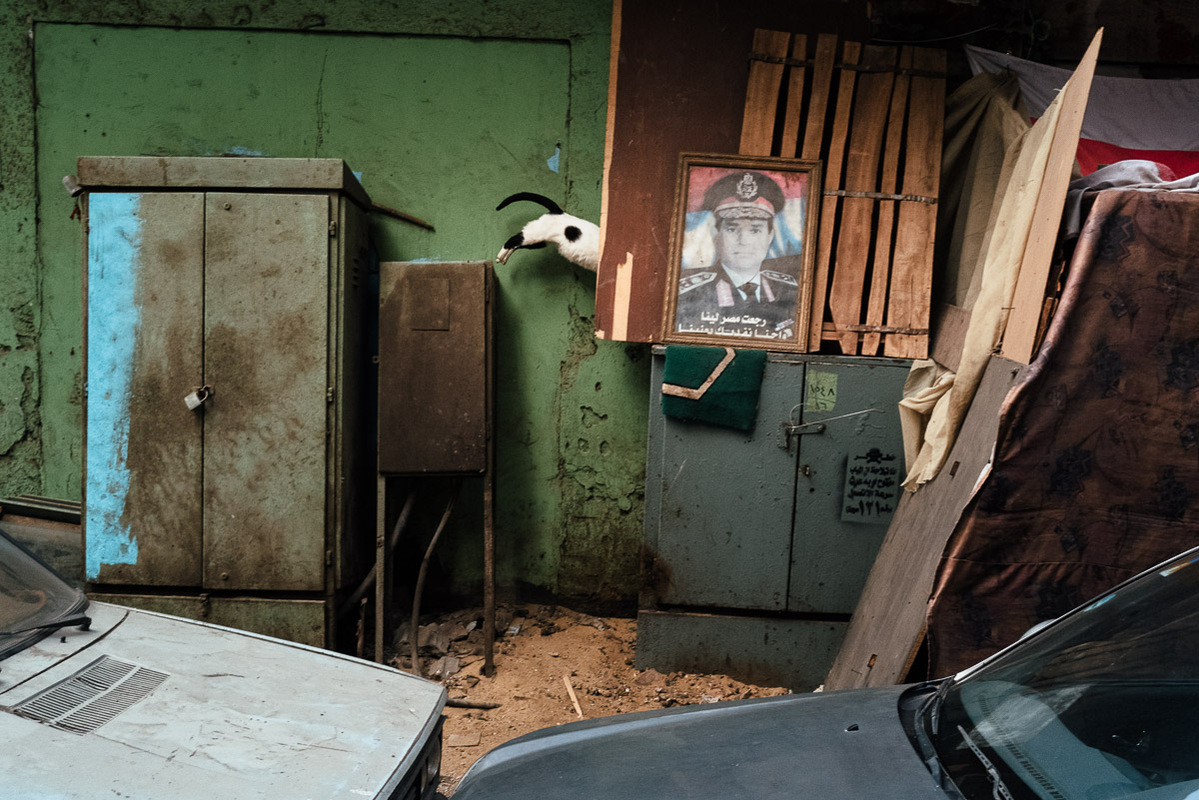
Three destinations you would suggest to our readers?
Whether it’s within walking distance or on the other side of the globe, follow your curious heart into new places. Here are three destination suggestions for any budget:
1. Visit a restaurant in your current town owned and operated by people from a different country than yours. In addition to discovering their favorite foods, inquire about their hometown, country, and more.
2. Prioritize visiting the city or country that has fascinated you the longest but that you’ve yet to explore. Make the journey a priority over material possessions and don’t wait until it’s too late.
3. Once you’ve experienced the first two steps several times, challenge yourself by visiting a country or city you’re interested in but are somewhat fearful of. You’ll likely grow a lot, realizing that people are more alike than different, and become a more confident traveler”

Jonathan Jasberg
Jonathan Jasberg is a multi-international award winning street and documentary photographer. Since 2010 he has been living a nomadic lifestyle outside of his home country of the U.S.A. He now travels internationally full-time working as an independent photographer, seeking out destinations that interest him from both a cultural and photographic perspective. Jonathan has photographed in over 60 countries and 150+ cities, involved in both independant projects and on assignment. He also teaches intensive photography workshops globally to students from around the world.
